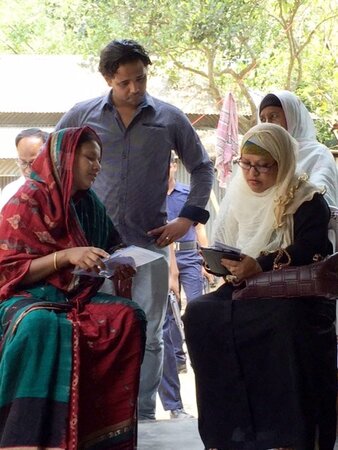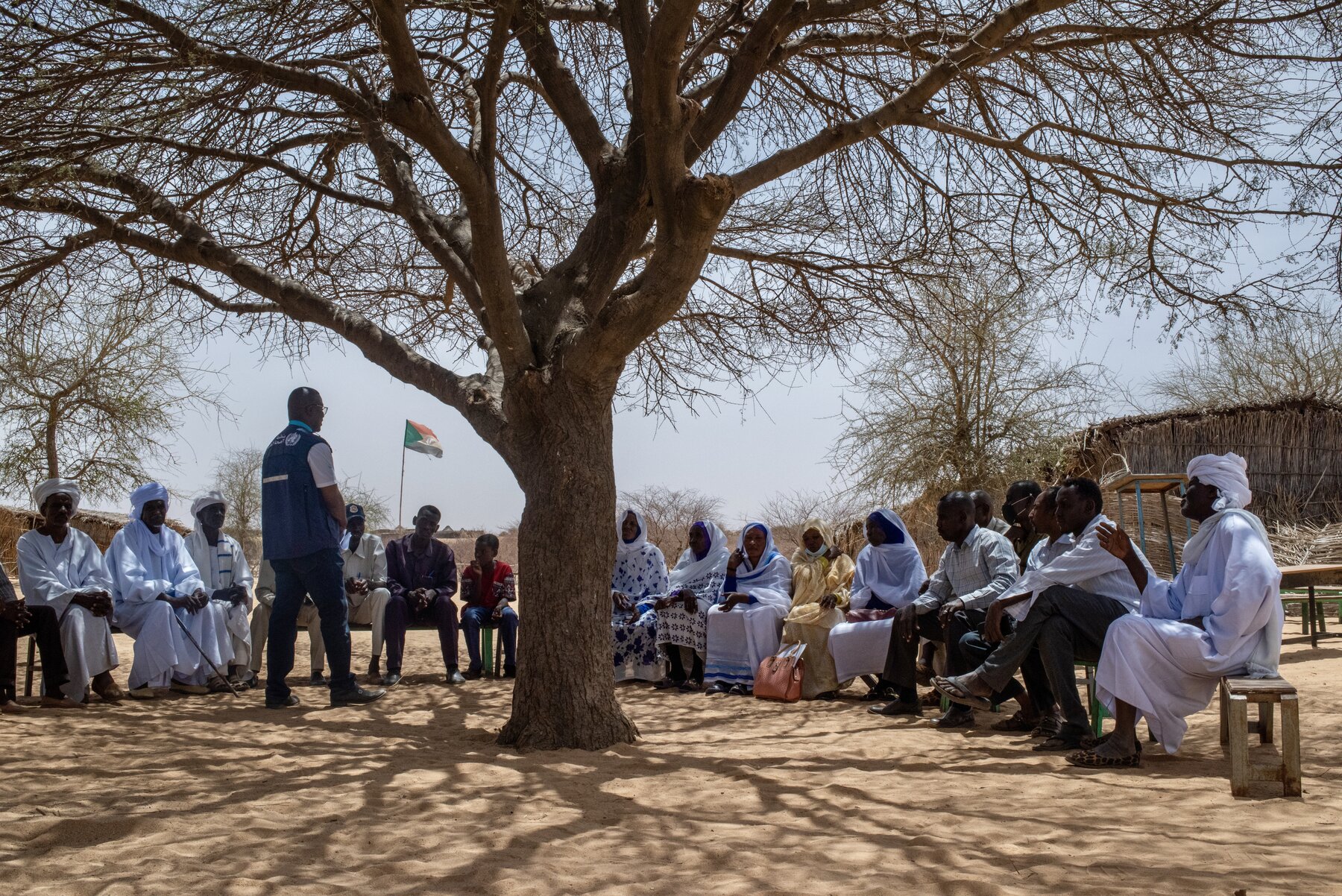Data for the New Era: The Health Data Collaborative Debuts in Asia
13 May 2016

Authors: Bangladesh Ministry of Health & Family Welfare, Asia eHealth Information Network and other regional and global partners of the Health Data Collaborative
“Weaknesses in our health data makes good planning and decision-making extremely difficult. We made all our decisions from assumptions. Now things have changed, especially at the local level. We are getting better data on time, which is making a real difference in the quality of care people receive.” – Abul Kalam Azad, Additional Director General, Bangladesh Ministry of Health & Family Welfare
---------
Countries are increasingly recognizing the power of harnessing data to achieve improvements in health. From Azimpur Maternity Hospital in Dhaka to Upazila Health Complex in rural Kaliganj, healthcare providers in Bangladesh are embracing electronic medical records and web-based health information software such as DHIS2. These new digital tools are capturing better data for reporting, analysis and use in ways that have never been done before.
Digital devices are also allowing doctors in Azimpur to enter patient information at the point of care, reducing the flow of paper and providing easier access to clinical information. And community health centers such as Upazila can now more efficiently share their data with local councils who regularly use the health information captured in DHIS2 to review and discuss how best to target interventions and improve health.
Such innovations are empowering countries like Bangladesh to bring together data from a wide range of sources to generate real-time information on health. The country’s Ministry of Health recognizes that high-quality, reliable health data is the cornerstone for accountability, good decision making and tackling emerging health threats. It also knows that improving national health data is the first step in tracking progress towards the UN Sustainable Development Goals and their vision to reach Universal Health Coverage by 2032.
Measuring that progress calls for an unprecedented shift in the global open data landscape over the next 15 years. It will require that data is broken down by gender, income, and age to ensure no one is left behind. With countries having primary responsibility for SDG review and follow-up, this new landscape will undoubtedly require more integrated approaches to country health information systems.
To help countries meet this challenge, the development community has galvanized quickly around the belief that to collect good data on health and to improve outcomes tied to the SDGs, new approaches and strategies need to be quickly adopted. Governments and development partners have already begun to rethink strategies to accelerate and prepare for a new way of doing business.
Through the Health Data Collaborative, more than 30 global and regional health partners are working alongside countries and existing networks of health information professionals—such as the Asia eHealth Information Network (AeHIN)—to put into practice the principle of aligning technical and financial resources. This collective approach will in turn reduce fragmentation and duplication of data collection efforts and increase efficiencies of investments.
As many countries in South and South-East Asia have welcomed these principles of the Health Data Collaborative, the Government of Bangladesh, with support from USAID, WHO, GIZ, and AeHIN, convened the first Health Data Collaborative Regional Conference in Dhaka last month. The event brought together governments, implementers and development partners, including delegates from Nepal, Philippines, Cambodia, Bhutan, Indonesia, Myanmar and South Africa who represented their country’s commitment to building capacity for stronger national measurement, learning and accountability.
Countries also had the opportunity to learn from each other, strengthen south-to-south collaboration and identify concrete actions for follow-up by their governments and development partners. For example, Myanmar, Bhutan and Nepal are planning to work with partners to develop next-generation health monitoring and evaluation (M&E) and eHealth action plans in the next three months.
The conference in Bangladesh is just one example of how the Health Data Collaborative can support countries looking to strengthen health information systems and identify strategic investments and priorities for next steps. It demonstrates the enthusiasm and appetite countries have for robust data and a new approach that is more aligned with the development goals of the future.
To that end, partners have committed to working differently, more efficiently, and more collaboratively to deliver better technical support and to promote country-to-country knowledge exchange. National leadership and a culture that values data are also critical. All of these elements will help build country champions and networks, leading to better quality, analysis, and use of health information to achieve better health outcomes for all.

